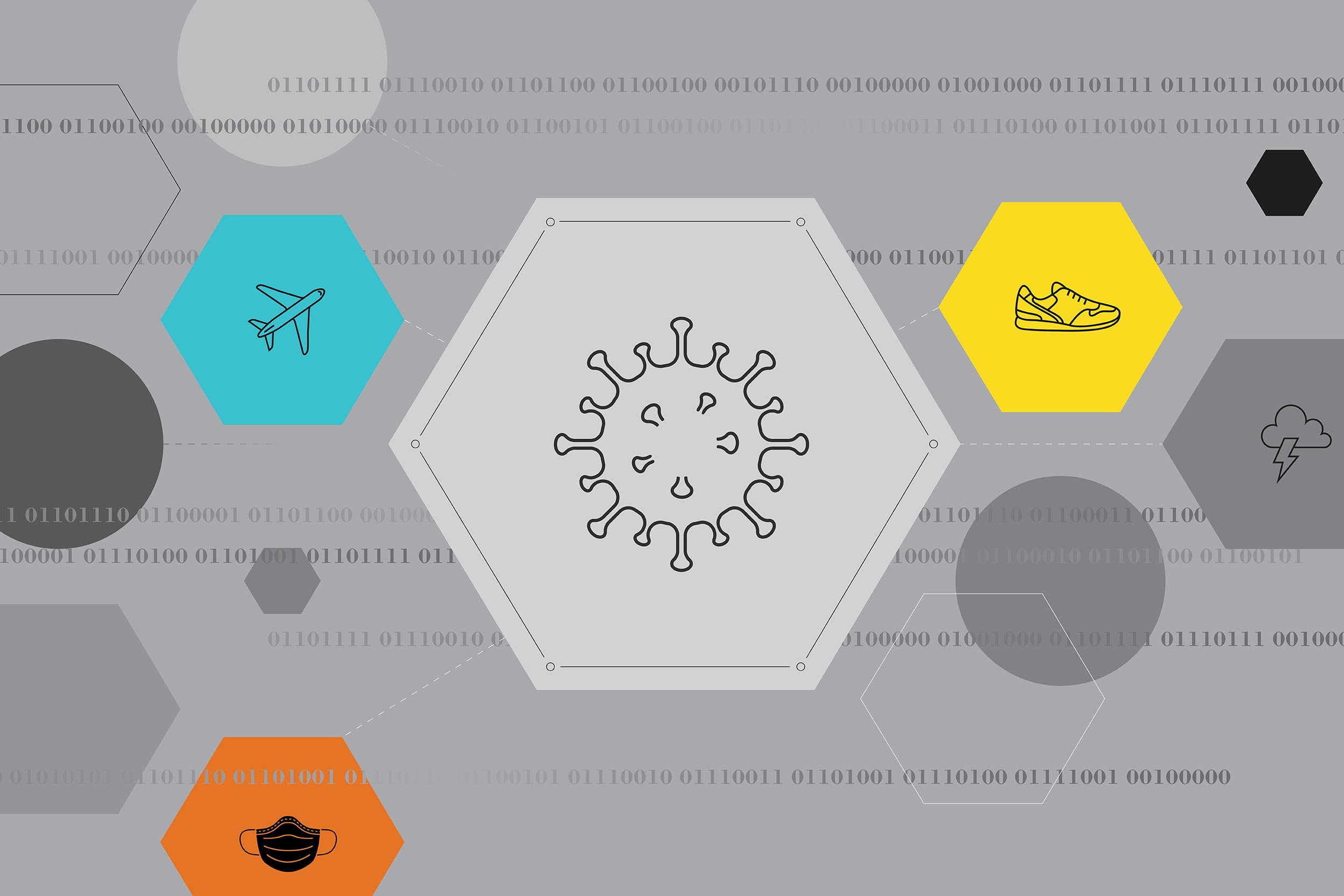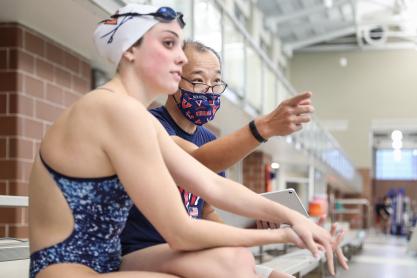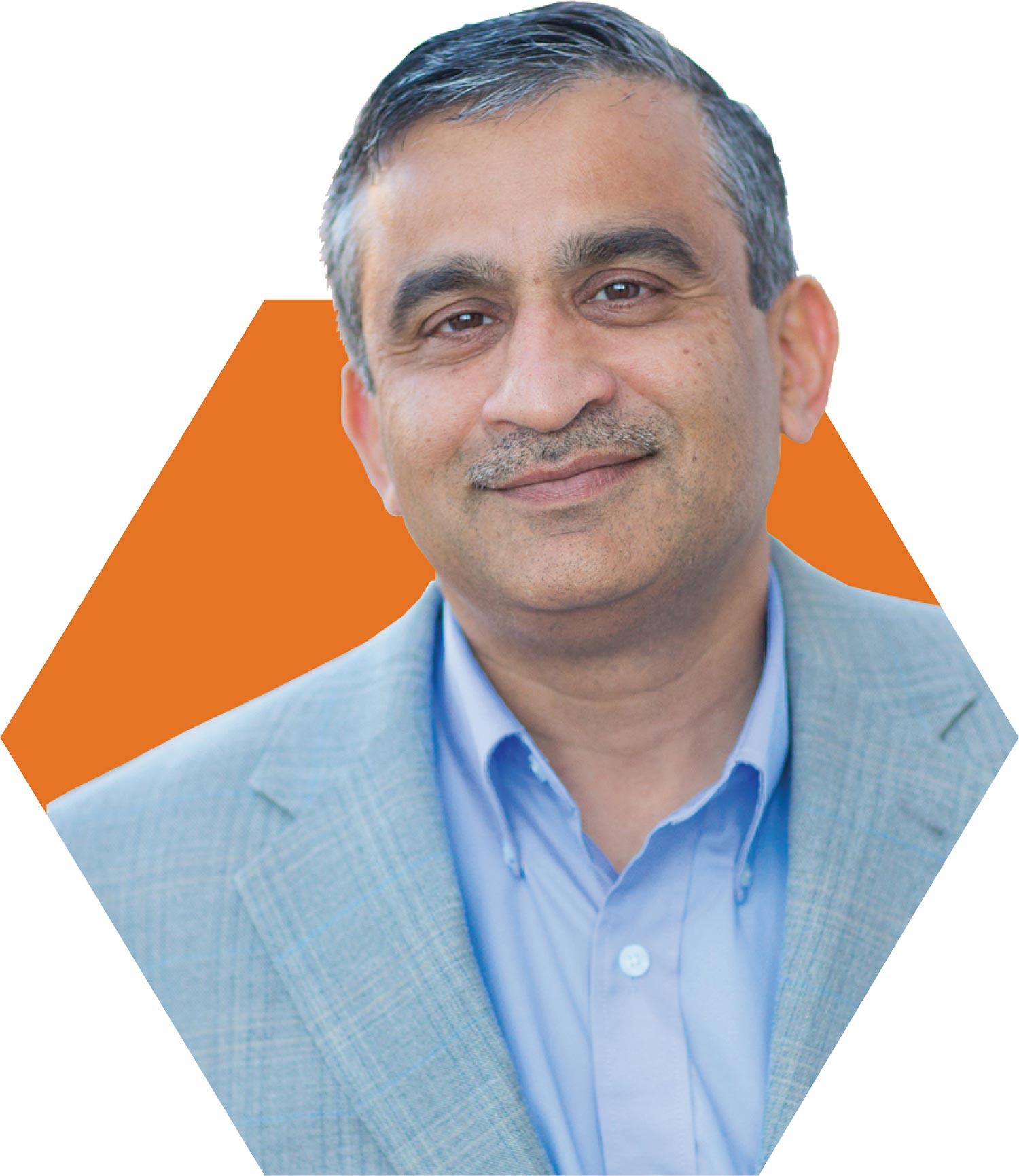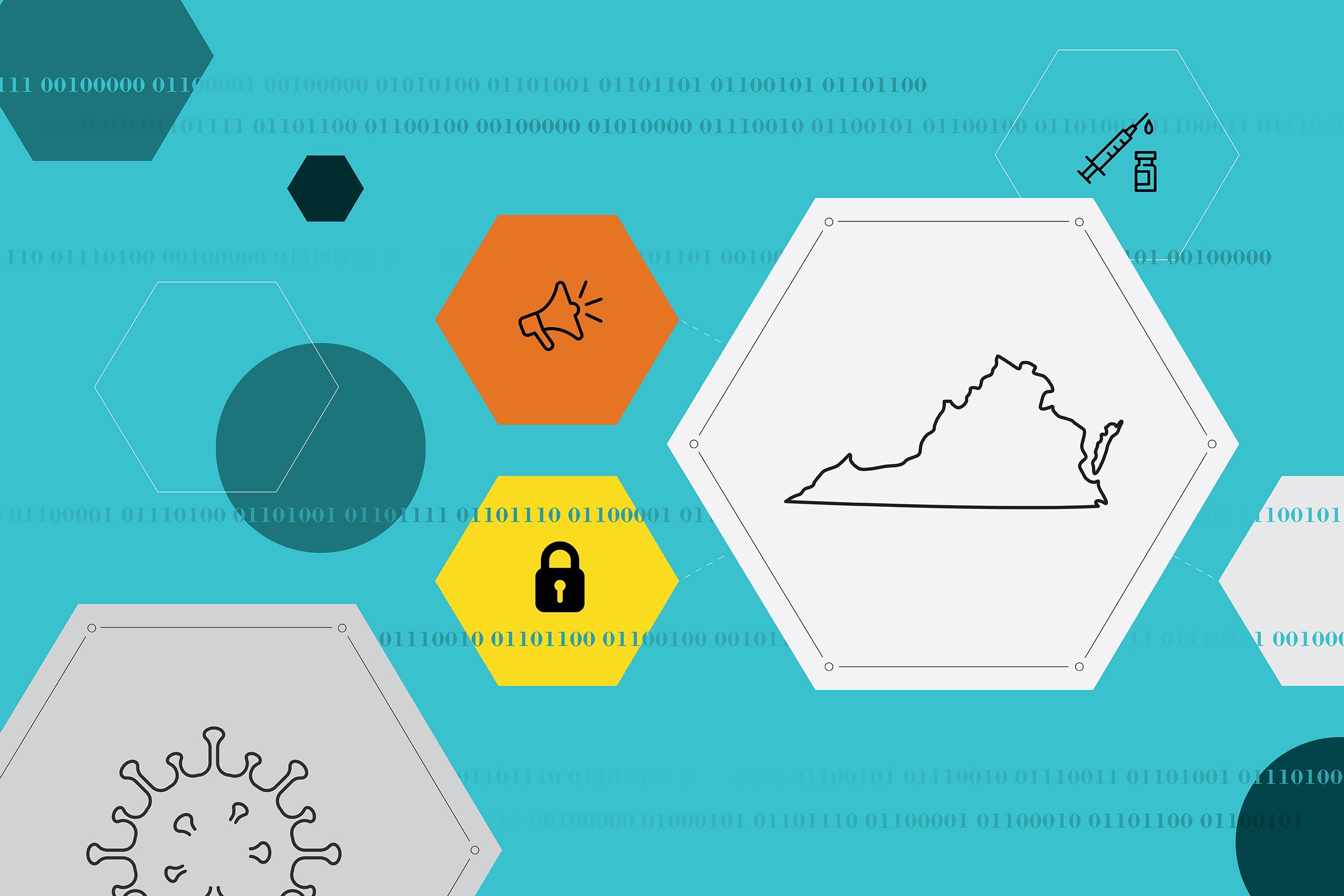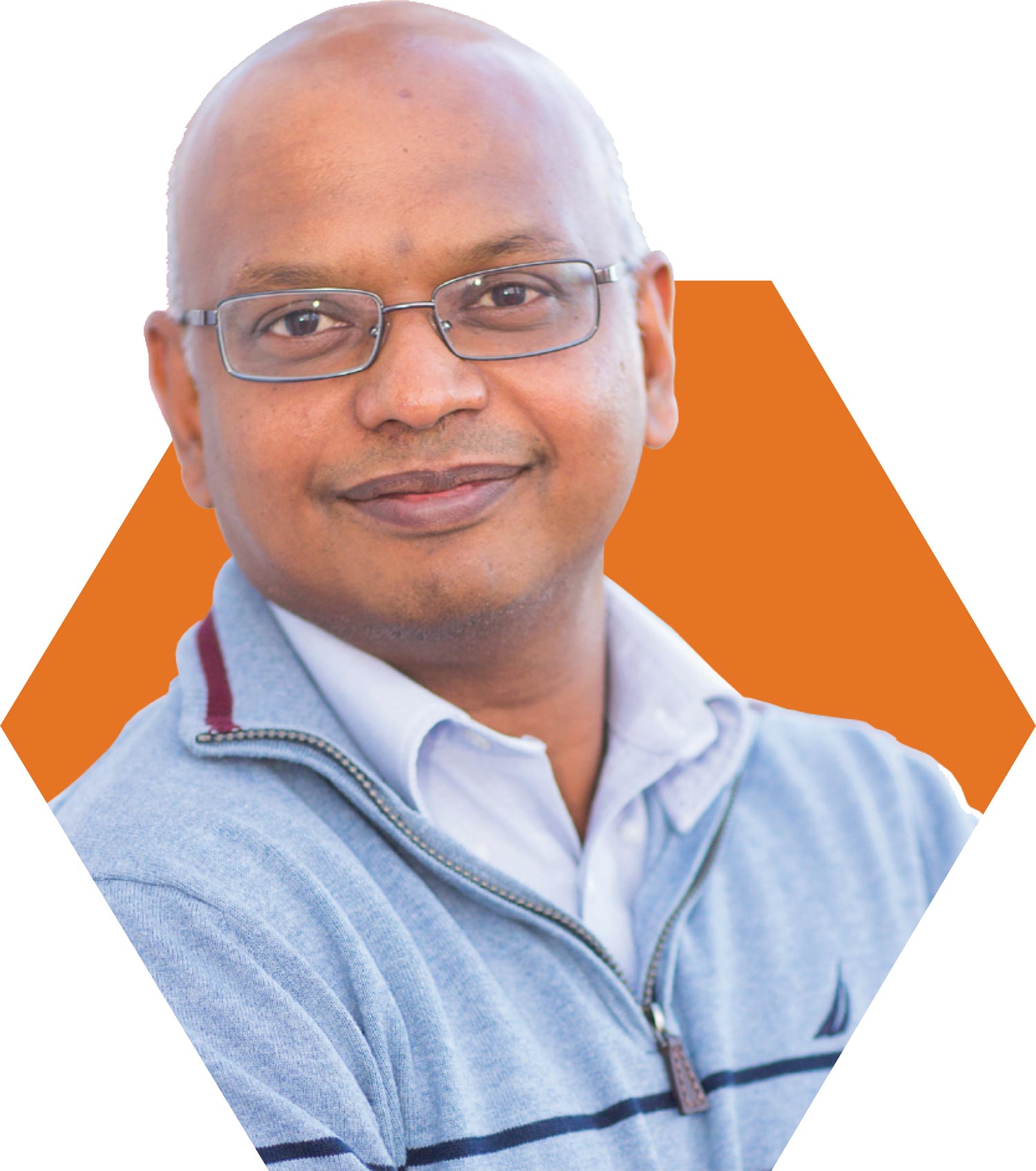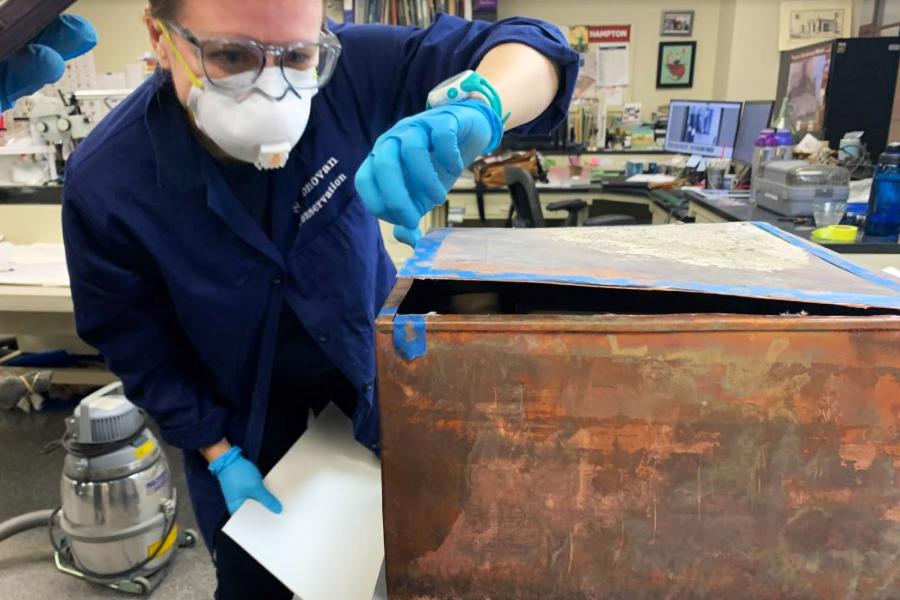“In a state where we are not politically homogeneous, we fared pretty well,” Marathe said. “We owe this to the collective efforts of the state officials, business leaders, health care professionals and the citizens. And I think the results are there to see – our state has fared better than most other states in terms of the overall public health impact.”
Not since the Spanish flu of 1918 had the world experienced a pandemic of the proportions on display with COVID-19, and many new revelations affected how the group’s models were constructed.
“The political discourse around pandemics is huge. The role of misinformation is huge,” Marathe said. “It’s becoming clearer to everyone that this is really not just a biological science problem, but in fact largely a problem of social science.
“In our early work, we were one of the first to say that pandemics don’t live in isolation; they co-evolve with individual behavior, public policies, and the networks themselves,” he said. “This statement became absolutely central to the study of COVID, because you could see the ebbs and flows of COVID during the course of the year, which were all due to changes in individual behaviors, like not wearing masks and vaccine hesitancy. And adding these layers of representation to our modeling was crucial to forecasting outcomes.”
In the short but relentless period leading up to December 2020, the expeditions team not only conducted policy briefings, ran data simulations and built new computational tools, they also combined to publish more than 30 academic papers, which appeared in the journals Science, Nature, and the Proceedings of the National Academy of Science. Team members gave more than two dozen presentations all over the globe on topics ranging from predicting and analyzing pandemics to recommendations for improving science during crises.
“This pandemic has opened a number of areas of research, and many data and computing resources have now become available,” Vullikanti said. “Using them effectively for future pandemics will be a research focus.”
Most important, however, the team’s work literally saved lives. Virginia’s rate of infection per 100,000 people is among the lowest in the country, according to CDC data.
“The UVA Biocomplexity Institute has been an essential part of Virginia’s response to the COVID-19 pandemic,” said Justin Crow, director for the Division of Social Epidemiology at the Virginia Department of Health. “In the earliest days of the pandemic, the modeling showed that containment measures were buying us time, and we were able to pause rolling out field hospitals, diverting those resources to other efforts. They were able to anticipate last winter’s surge and the delta wave, giving us several weeks to prepare for these.
“Outside of the projections, they’ve helped to justify and shape mitigation, test-and-trace, and genomic surveillance efforts. The team has been responsive, innovative and often able to anticipate needs.”
The Biocomplexity Institute also played an essential public education role, Crow said. “In addition to our programs, health systems, colleges and universities, K-12 schools, local governments, businesses and the press all used the weekly updates to guide decisions. There is no doubt the UVA team’s work gave Virginians the information they needed to make good decisions and had a large impact on the course of the pandemic in Virginia.”
The computational tools the team developed allowed decision-makers to see aspects of the virus’ trajectory that wouldn’t have been visible before, Marathe said. “Our work has been invaluable because it has changed the narrative,” he said. “It has allowed us to come up with new interventions that we likely would not have thought of. Doing science in real time like this, which we anticipated, but didn’t anticipate it going on for this long or with this level of intensity, has fundamentally changed people’s viewpoints.”
A Look Back at 2021
In more than two years since that snowy visit to NSF headquarters, things haven’t slowed down for the team in the slightest.
As 2021 began, less than 5% of the U.S. population had received a vaccine, and the Expeditions team added modeling for the vaccine rollout to the quiver of data they were sharing with state and federal officials on a near-daily basis.
A Nature article about how human mobility patterns have changed during the pandemic and how that has affected virus spread, written by Expeditions team member Jure Leskovec, associate professor of computer science at Stanford, was cited during two U.S. Supreme Court decisions to uphold vaccine mandates.
Infection numbers generally fell around the country through the spring and summer of 2021, save for a few hotspots like Florida and Texas. Some places in Virginia didn’t report a single case of COVID-19 for days.
But the forecasting trend was about to change. In May, the delta variant was first diagnosed among a couple of patients in Texas. This more contagious version of the virus would quickly sweep through the United States and the world. The unvaccinated, which made up about 40% of the U.S. population by that time, were especially hard hit.
Infection rates among younger people rose just as many locations lifted lockdowns, made mask mandates optional and opened travel. Vaccine hesitancy was growing – despite the predictions that the only real way to curb the rise in hospitalizations and deaths was for the population to get vaccinated.
